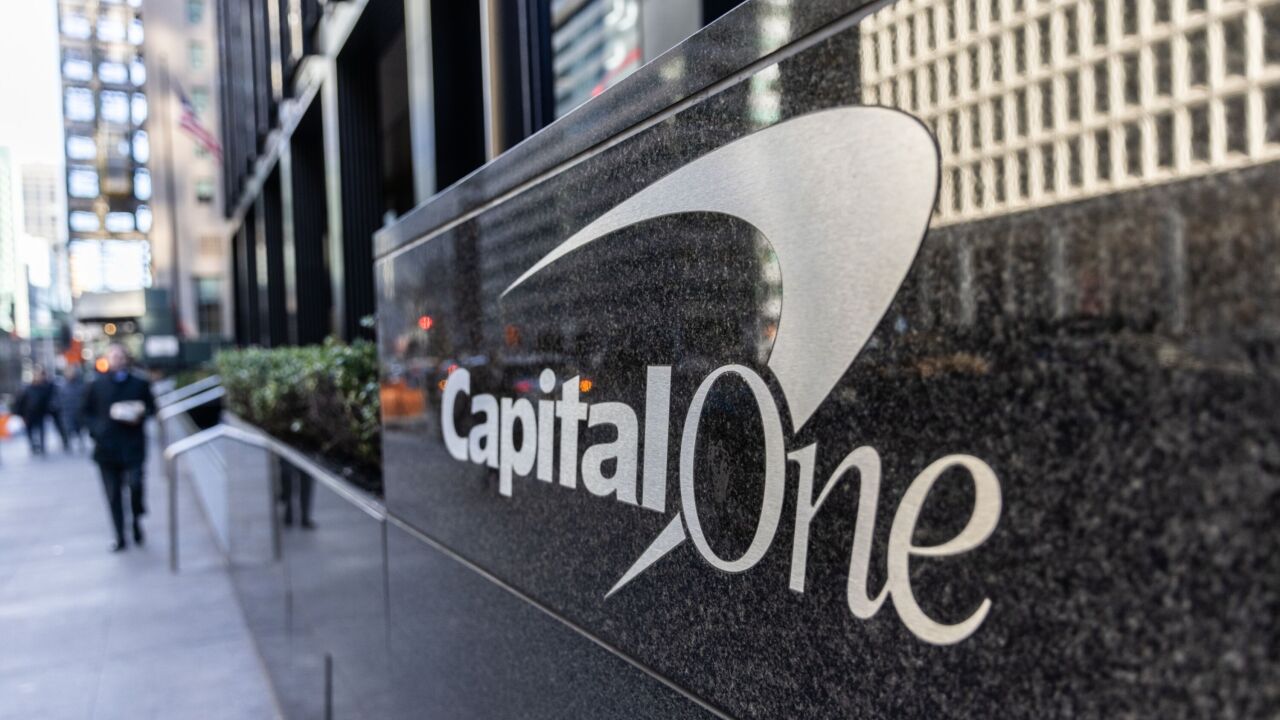Blockchain technology has inspired interest among the very financial institutions the bitcoin blockchain was designed to bypass.
What’s appealing is the speed, transparency and security that blockchain technology promises. While the technology has yet to be widely adopted, banks and investment firms are looking at how to leverage blockchain to securely and cost-efficiently streamline processes ranging from trade finance and cross-border payments to AML and KYC practices.
A blockchain enables multiple parties to create an immutable digital ledger of all transactions, which is maintained and updated, in sync, by all parties, eliminating the need for trust. In the case of trade finance, this could include shippers, transportation companies, buyers and banks.

The blockchain technology financial institutions will likely adopt will be private distributed ledgers accessible to a limited number of users. As financial institutions continue to experiment with this technology, it is important they keep in mind the inherent challenges:
Process complexity. The speed and efficiency of the bitcoin blockchain results from capturing all parties and transactions, from generation to the transfer of value (the distribution of actual bitcoins), on the blockchain, eliminating the need for an intermediary, such as a bank, or for time-consuming reconciliation of transactions by individual parties.
For financial institutions looking to use blockchain technology to perform global trade finance functions, for example, the challenge is to establish the blockchain as the single source of binding truth. One way to move past the proof of concept and into production would be for regular trading partners to come together and execute the legal agreements necessary to establish a blockchain as a binding representation of the business they are conducting.
Even this solution requires connections and some level of trust, as value transfer using cryptocurrencies requires transactions on their own blockchain. This reintroduces a reconciliation process to make sure the payment supporting the trade has happened.
High cost. The bitcoin blockchain has more than 11 million addresses. Some say the electrical energy used to keep this public blockchain running could power the city of Honolulu. Others estimate it uses as much energy as Ireland. This energy consumption is driven by design elements of the blockchain that allow the distributed ledgers to stay in sync to protect against fraud.
Although blockchains for other purposes may not require the same crypto features, financial institutions will need to consider the size, complexity and number of blockchains their solutions will drive. They also need to consider how to incentivize other parties to participate so their distributed ledger solutions are truly distributed.
Legacy integration. Possibly the biggest challenge to blockchain adoption is its connection to the legacy world. Using land title services as another example, introducing a blockchain would require all processes (some paper-based) and systems spread across over 3,000 counties and operated by people that might not be interested in being disintermediated interact on the blockchain.
Success with blockchain does not depend on new technology alone. It requires bringing together experts in people, process and technology to simplify complex processes and apply tested methods to the new technical landscape.





